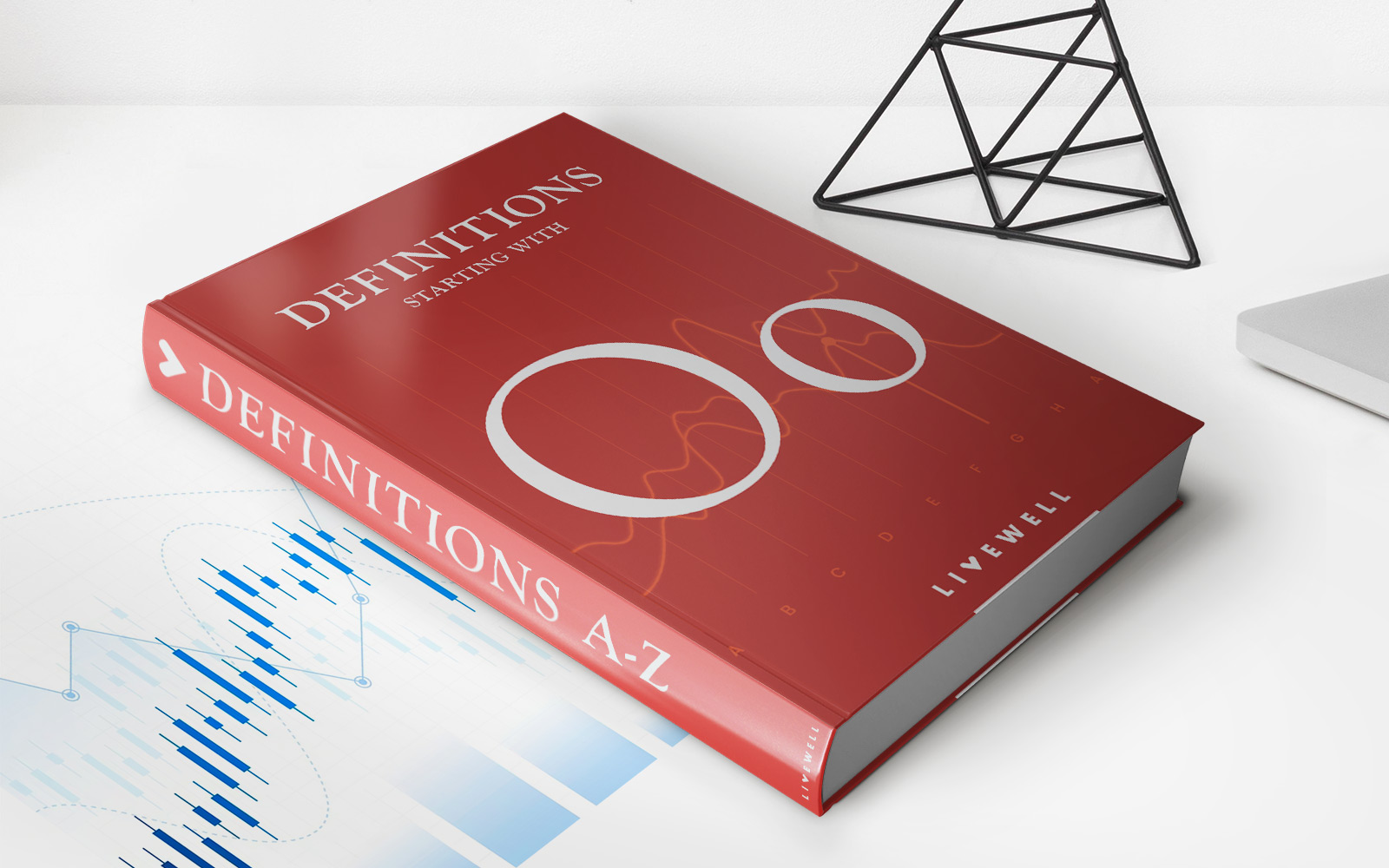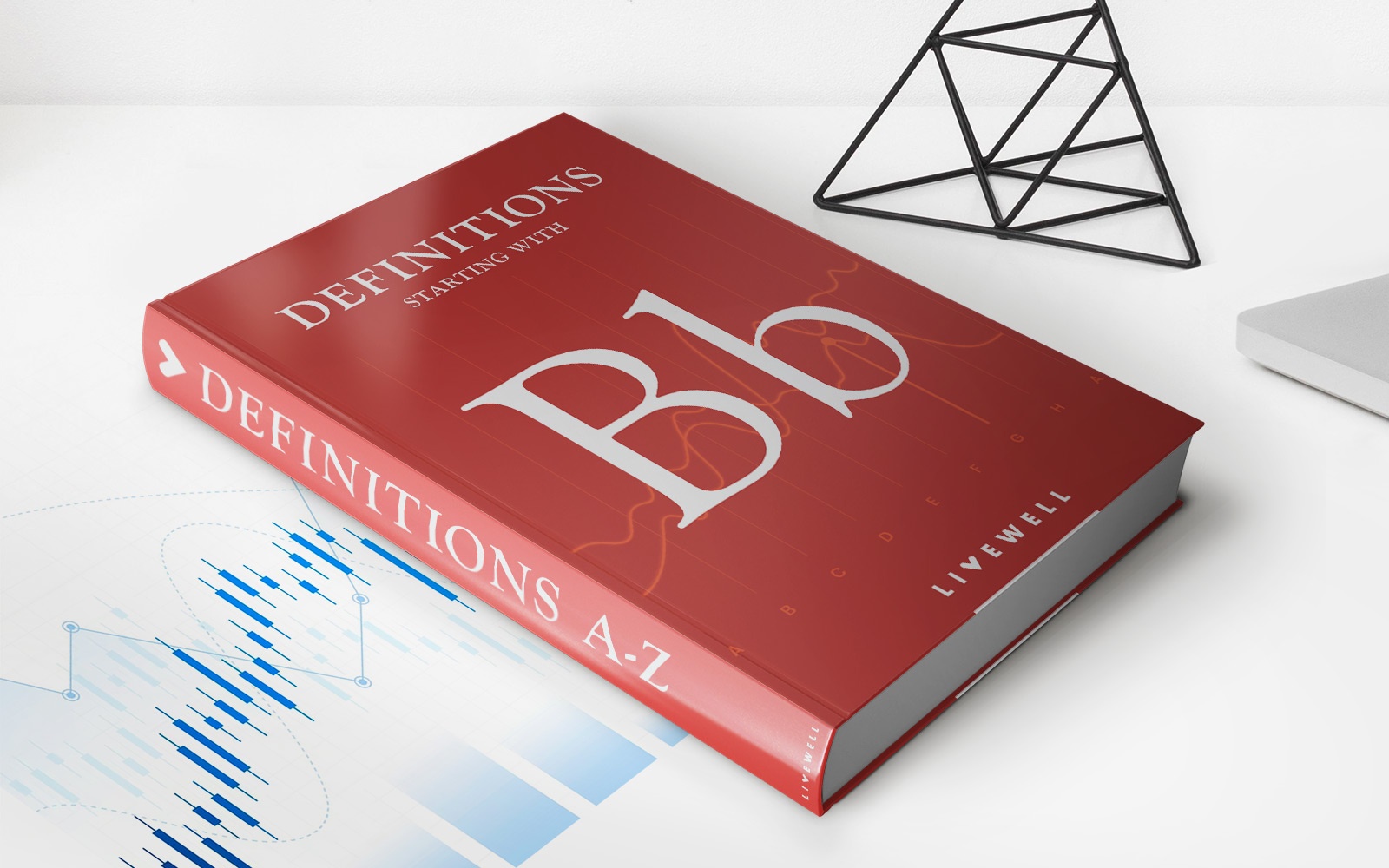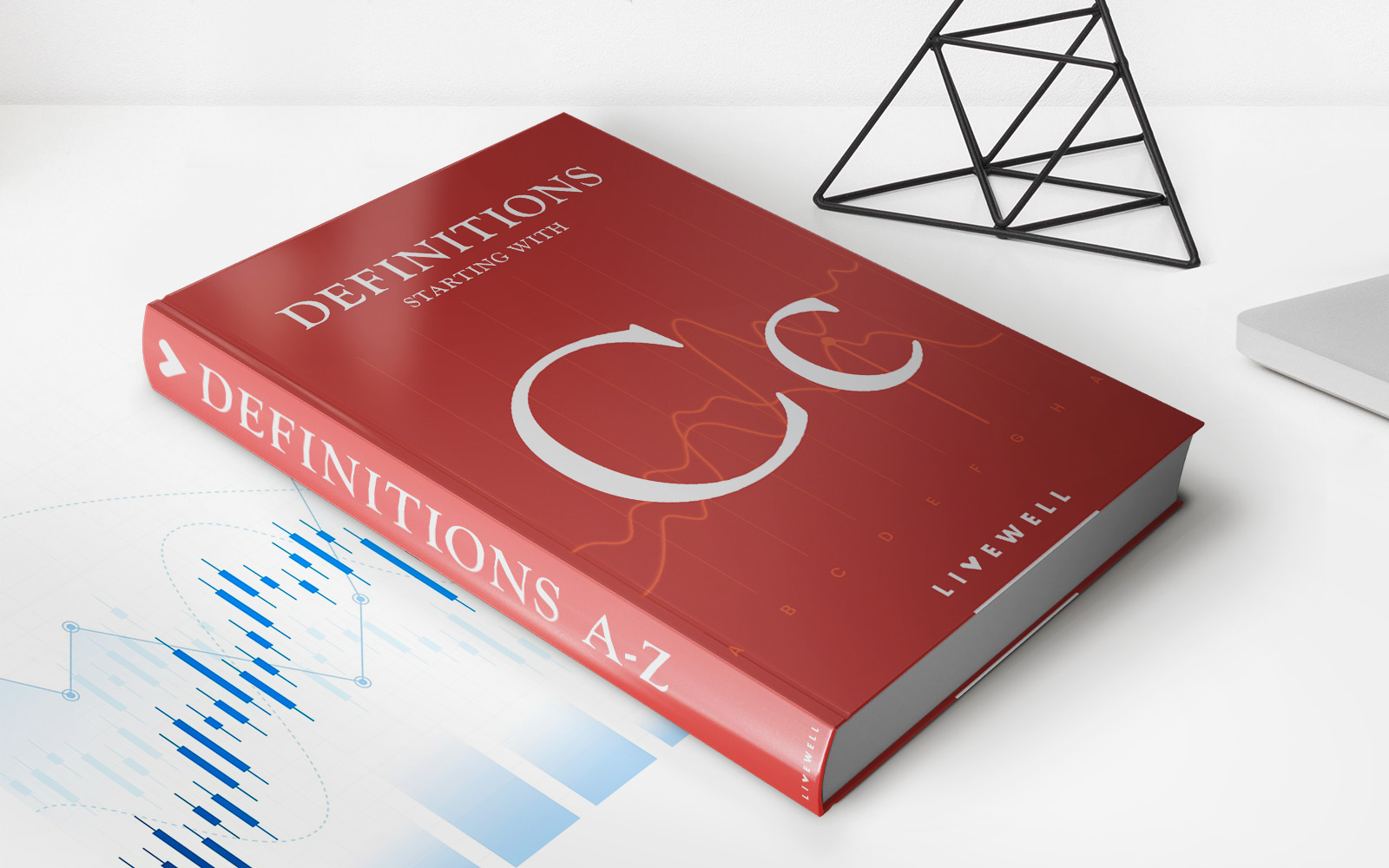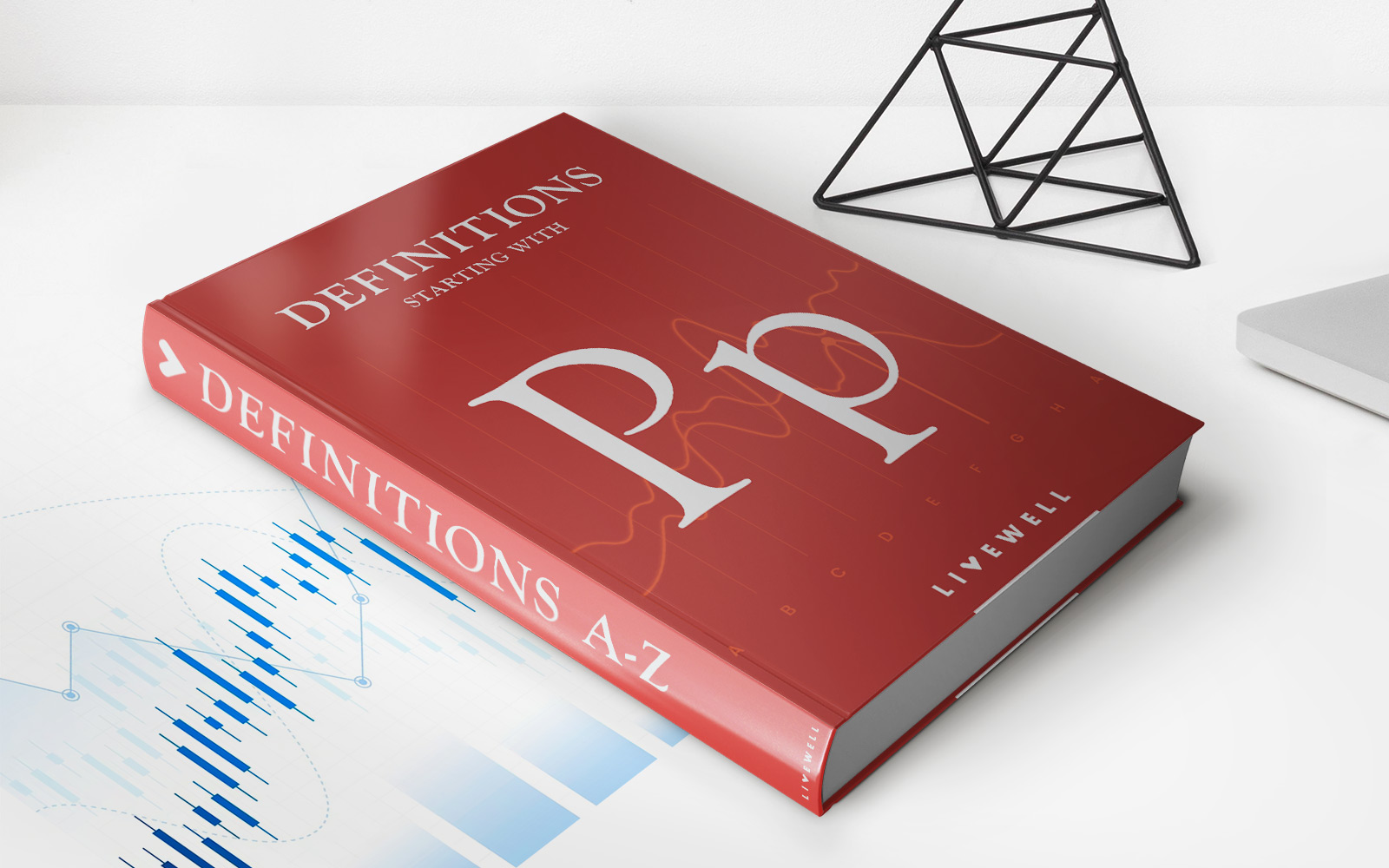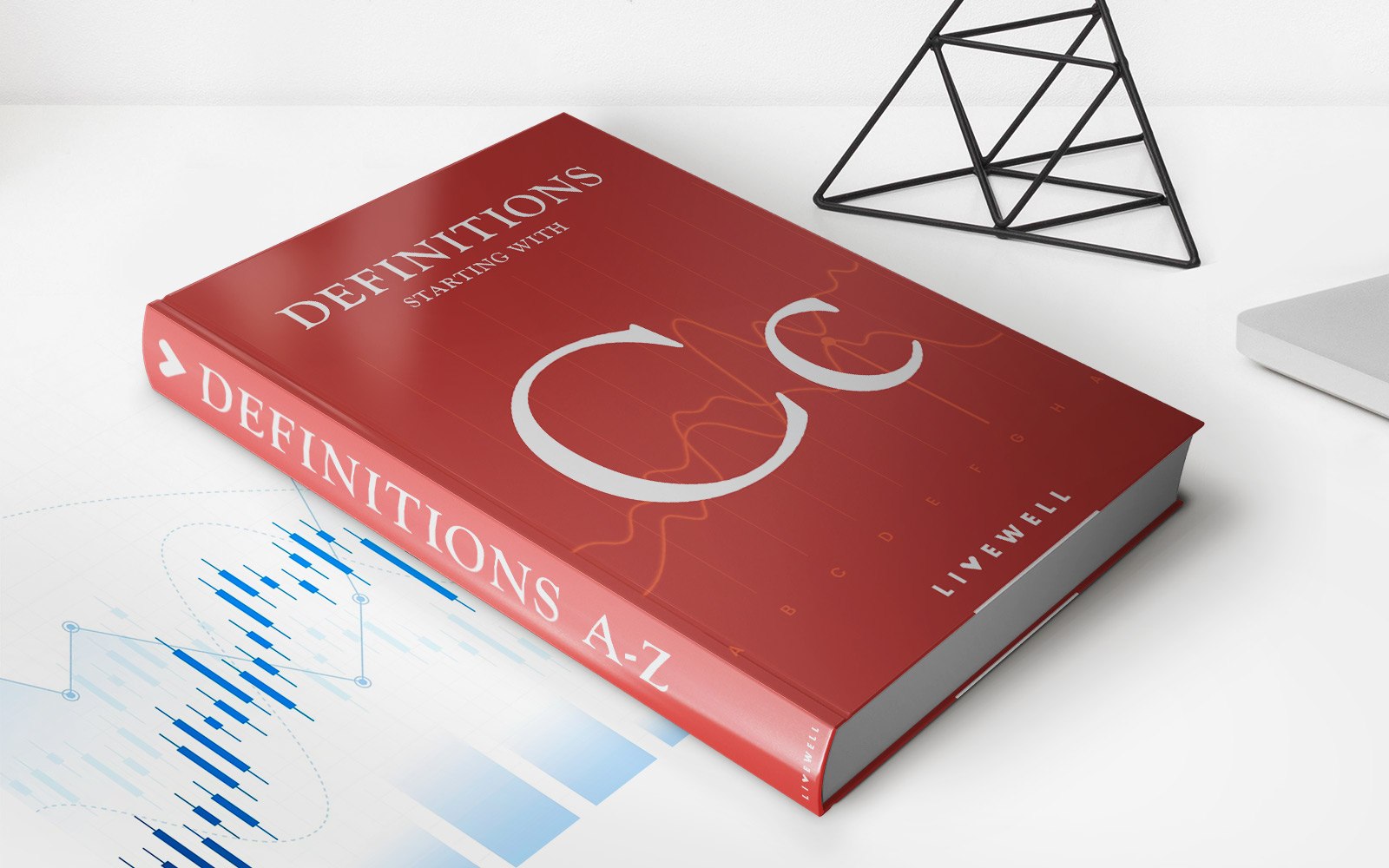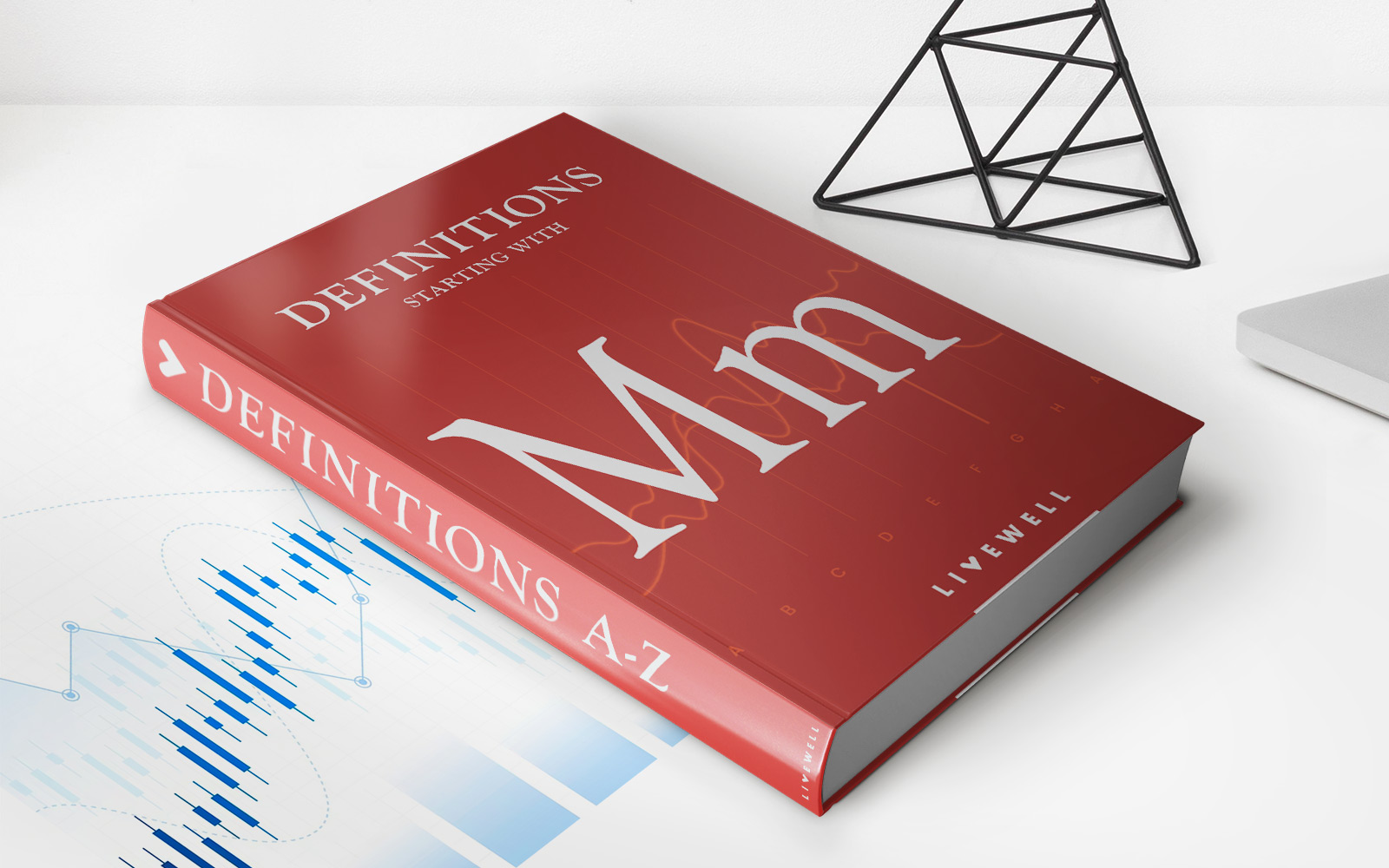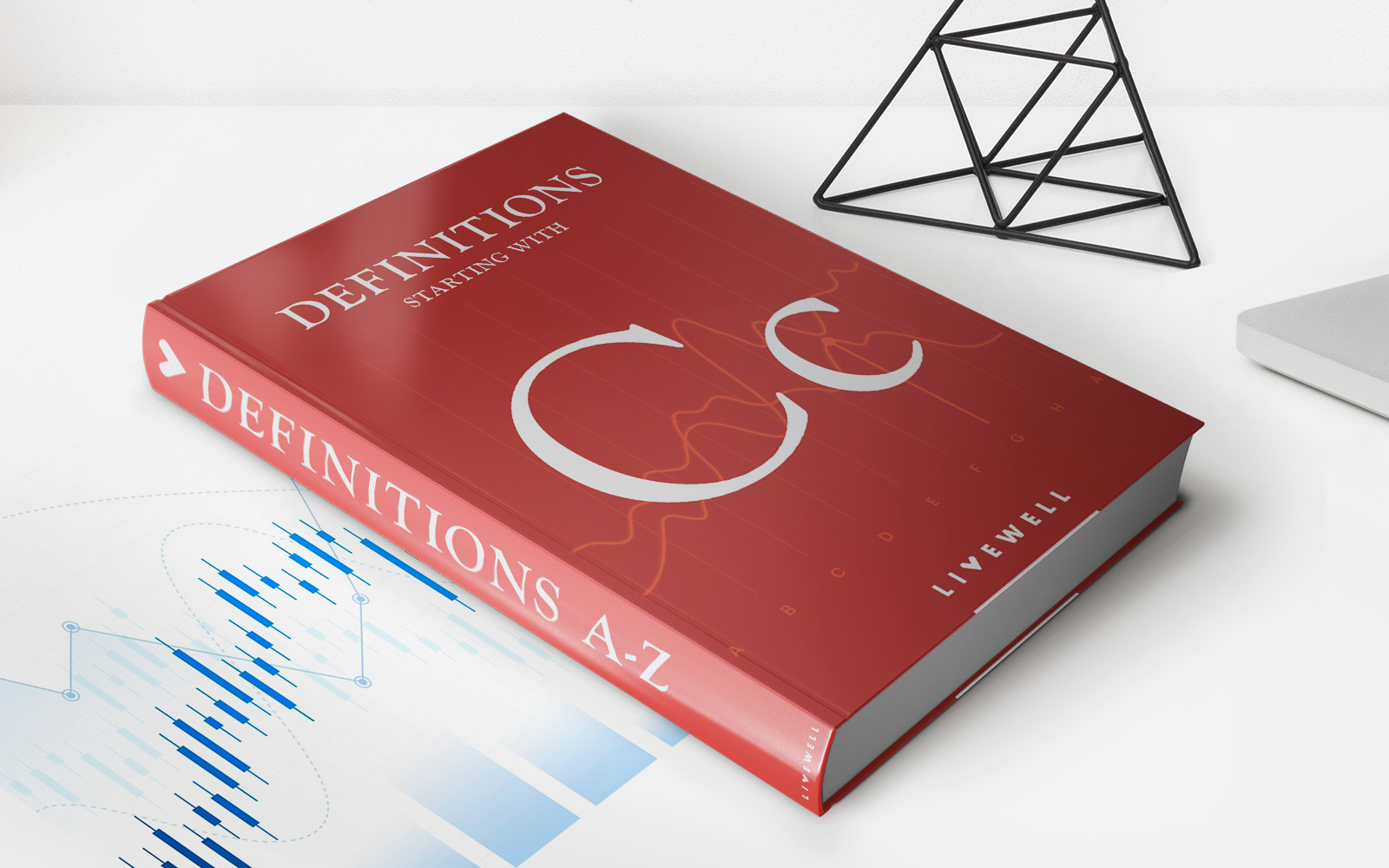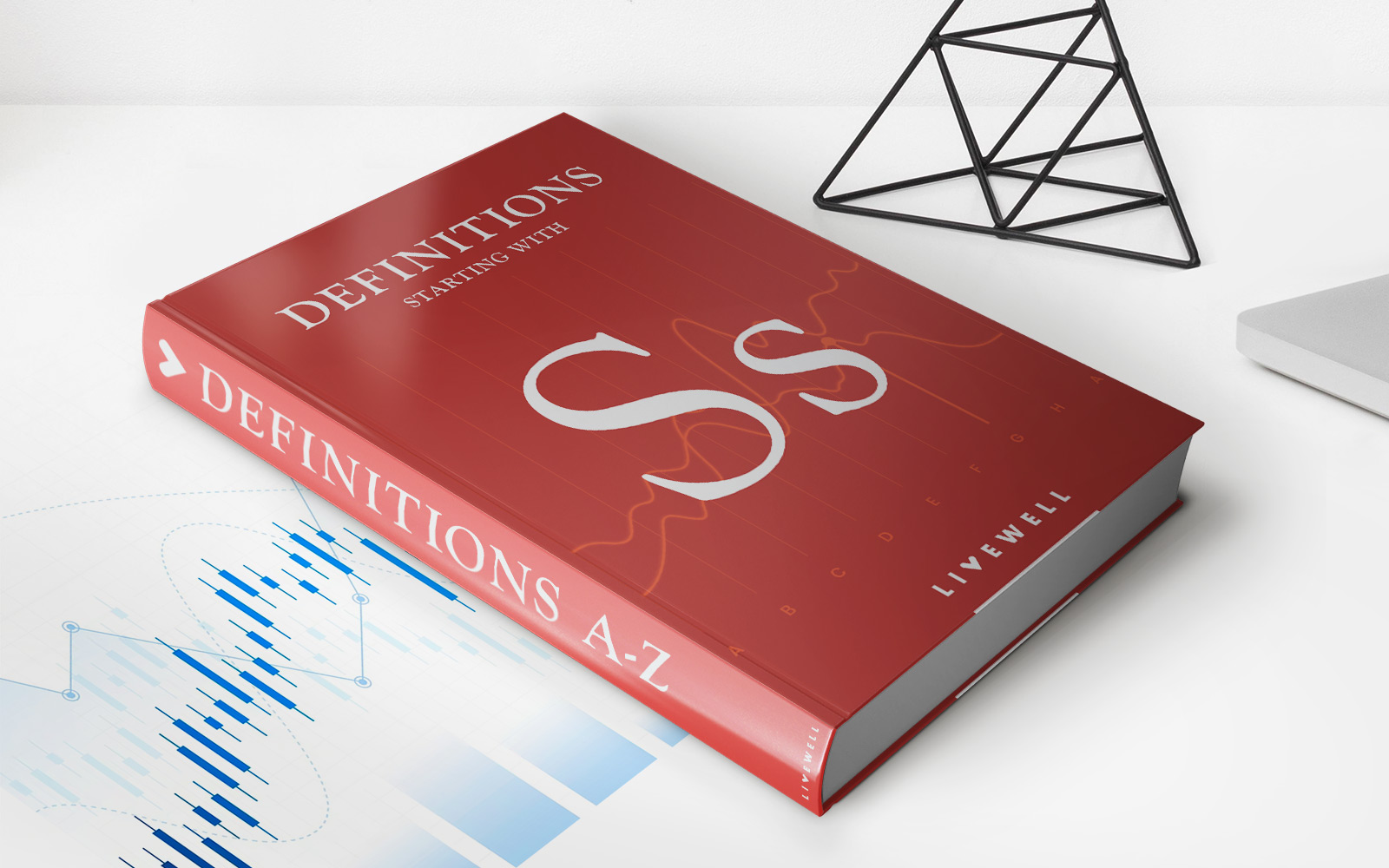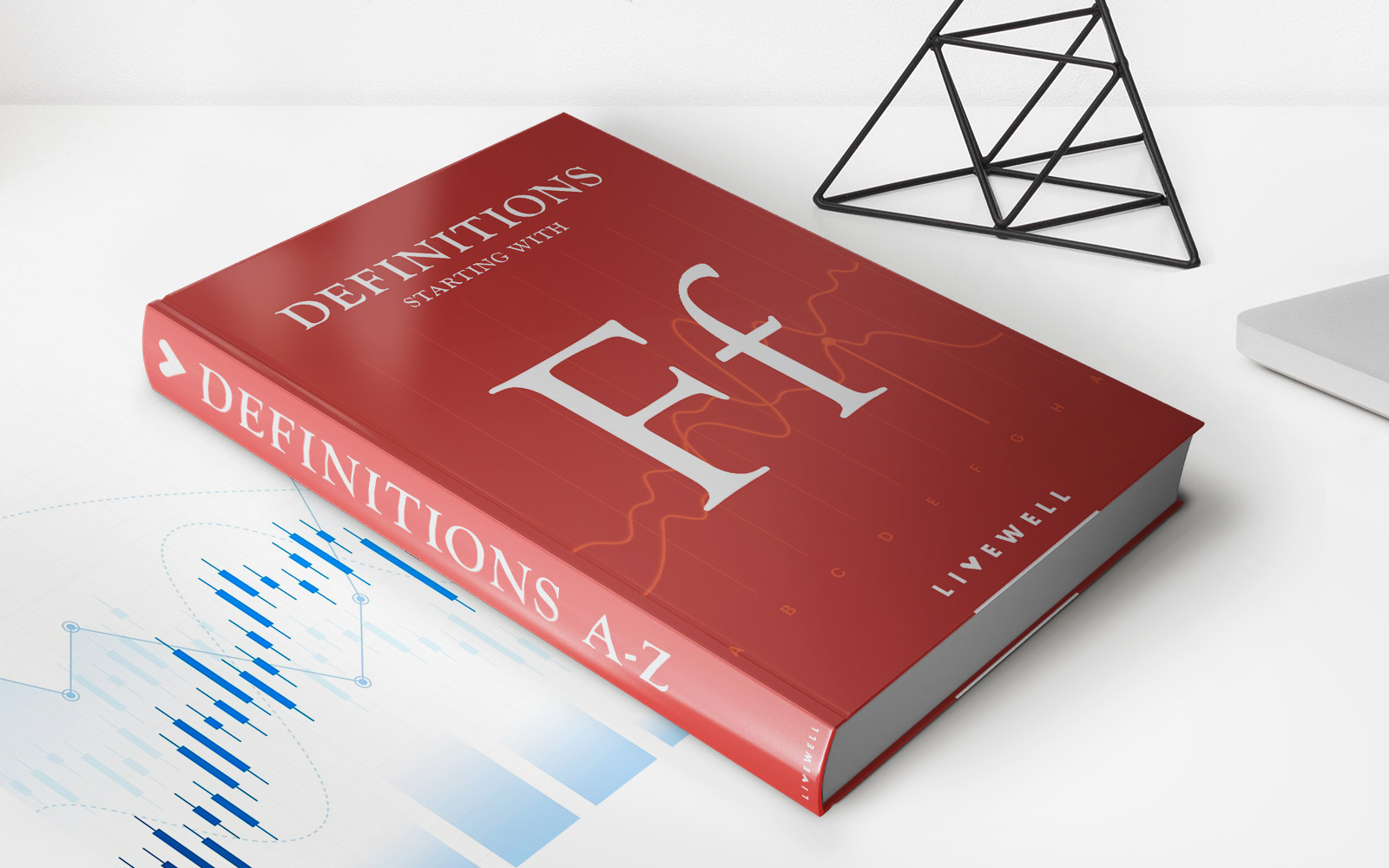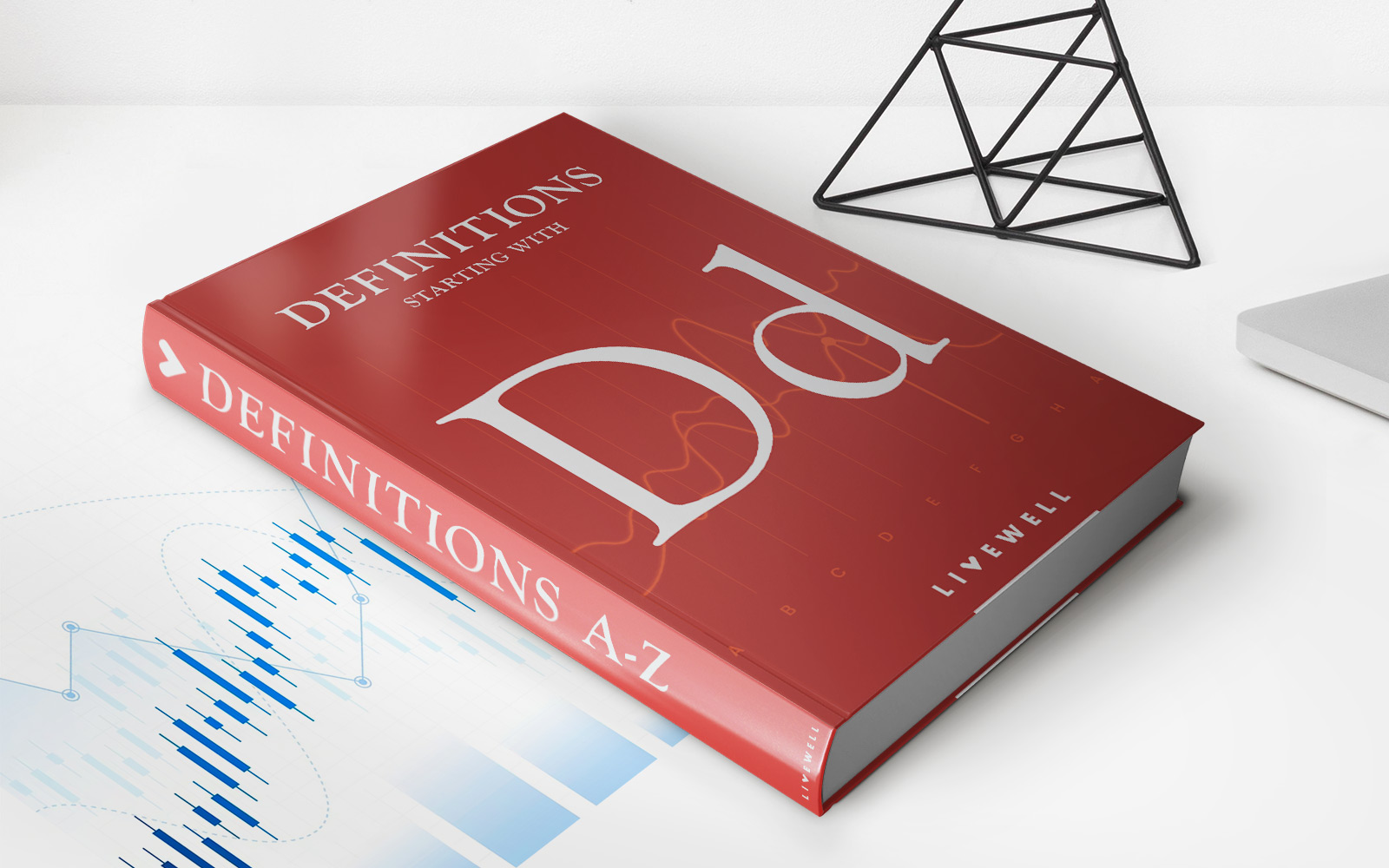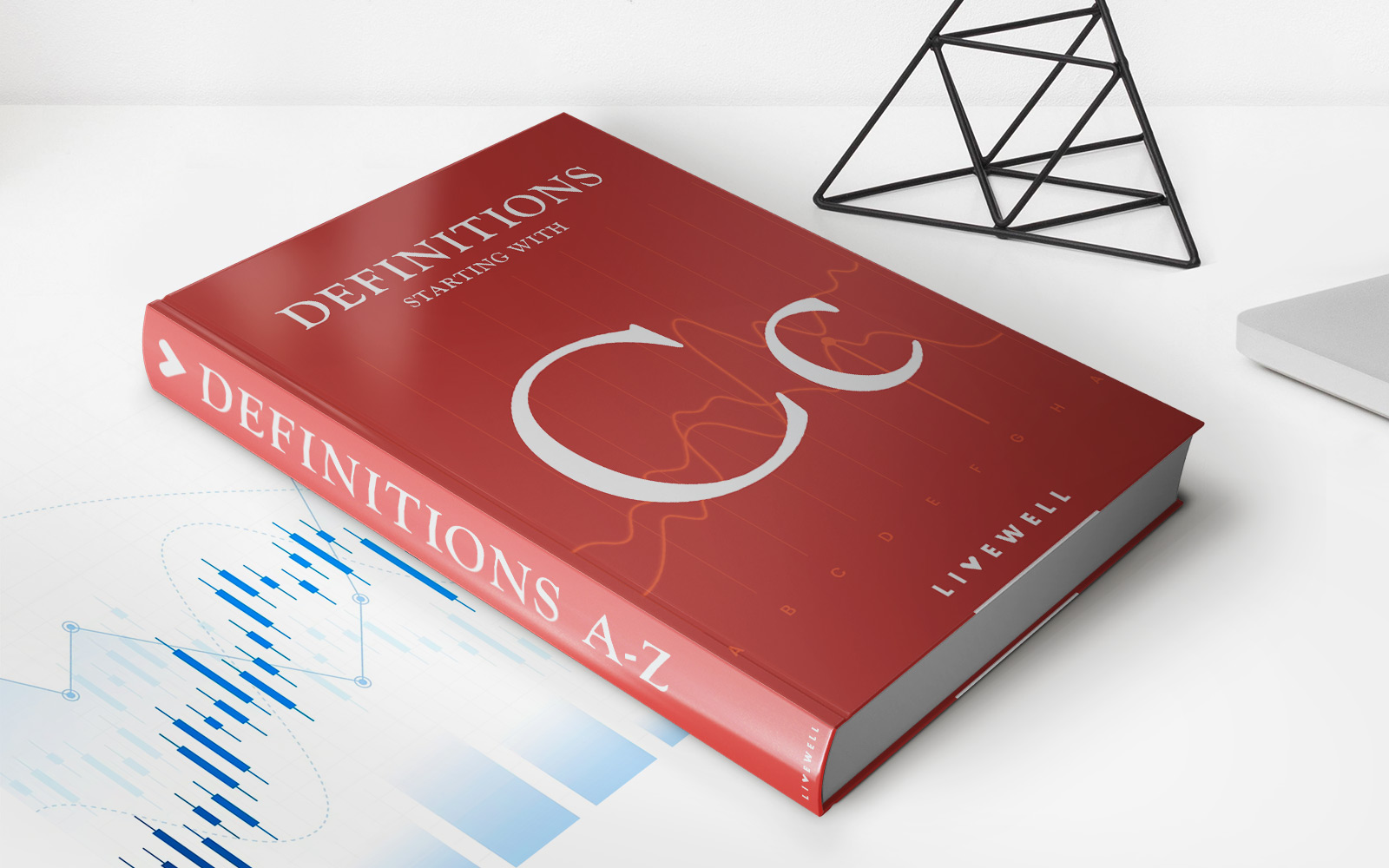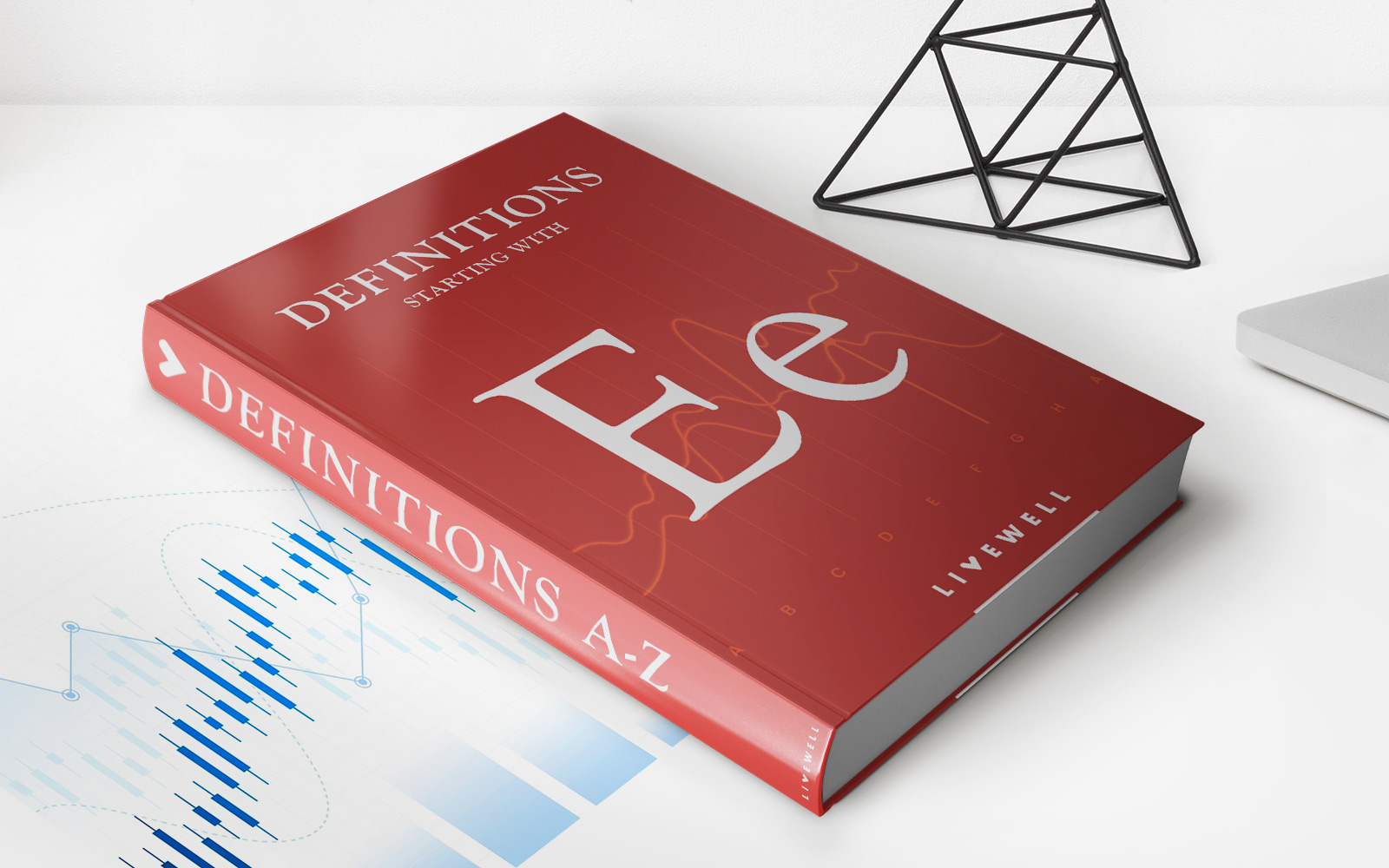

Finance
End User: Definition, Examples, Vs. Customer
Published: November 18, 2023
Learn the definition and examples of an end user in the finance industry, and understand the difference between an end user and a customer.
(Many of the links in this article redirect to a specific reviewed product. Your purchase of these products through affiliate links helps to generate commission for LiveWell, at no extra cost. Learn more)
End User: Definition, Examples, Vs. Customer
When it comes to understanding the dynamics of a business and its target audience, two distinct terms often come up – end user and customer. While they may seem interchangeable, they have different meanings and implications in the world of finance. In this blog post, we will delve into the definition of an end user, provide examples, and explain the key differences between an end user and a customer.
Key Takeaways:
- An end user is the final individual or entity that uses a product or service, while a customer is someone who purchases or subscribes to a product or service.
- Understanding the needs and preferences of both end users and customers is crucial for businesses to provide effective solutions and generate revenue.
Understanding the End User
What exactly is an end user? Simply put, an end user is the final consumer of a product or service. They are the individuals or entities who directly benefit from utilizing the offering. They may interact with the product, utilize its features, or rely on it to fulfill their needs.
An end user can be an individual, such as a consumer buying a smartphone, or a company using specialized software to streamline its business operations. Regardless of the context, the end user represents the ultimate beneficiary of the product or service in question.
Examples of End Users
Let’s take a look at some examples to better understand the concept of an end user:
- A person downloading and using a fitness app on their smartphone to track their workouts and monitor their health.
- An employee within a company who uses accounting software to manage financial transactions and generate reports.
- A factory using heavy machinery to streamline production processes and increase efficiency.
- A teacher utilizing an e-learning platform to deliver online lessons to students.
As these examples demonstrate, end users can vary widely depending on the industry and the specific product or service being offered. Understanding the needs, preferences, and behavior of the end user is crucial for businesses to develop effective solutions and meet their expectations.
End User vs. Customer
Now that we have a clear understanding of what an end user is, let’s explore how it differs from a customer:
A customer is someone who purchases or subscribes to a product or service. They may or may not be the end user. In some cases, the customer and the end user can be the same person or entity. However, there are instances where the customer and the end user are separate entities.
For example, a parent might purchase a toy for their child. In this scenario, the parent is the customer who made the purchase, but the child is the end user who will play with the toy. Similarly, a company may subscribe to a software service on behalf of its employees. In this case, the company acts as the customer, while the employees are the end users who utilize the software to perform their tasks.
It is essential for businesses to consider both the needs and preferences of the end user and the customer to ensure customer satisfaction and loyalty. While the customer drives revenue by making the purchase, the end user’s satisfaction and experience with the product or service can ultimately influence future purchasing decisions.
In Conclusion
An end user is the final individual or entity that benefits from a product or service, while a customer is the person or entity who purchases or subscribes to it. Understanding the needs and preferences of both end users and customers is crucial for businesses to provide effective solutions and generate revenue.
By considering the unique requirements of each group, businesses can develop products or services that satisfy the end user, while also meeting the customer’s expectations. This understanding can lead to increased customer satisfaction, loyalty, and ultimately, success in the competitive world of finance.
